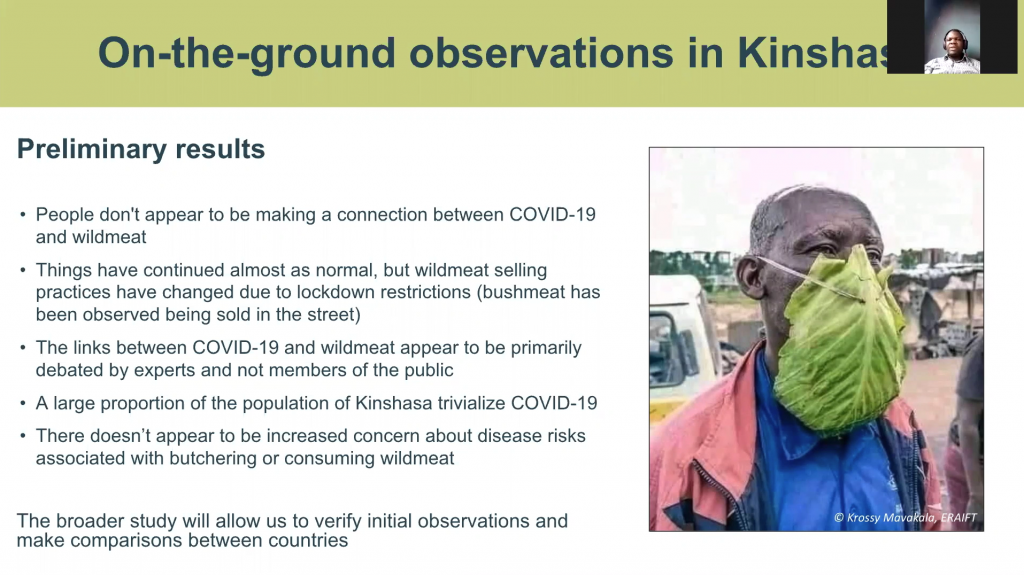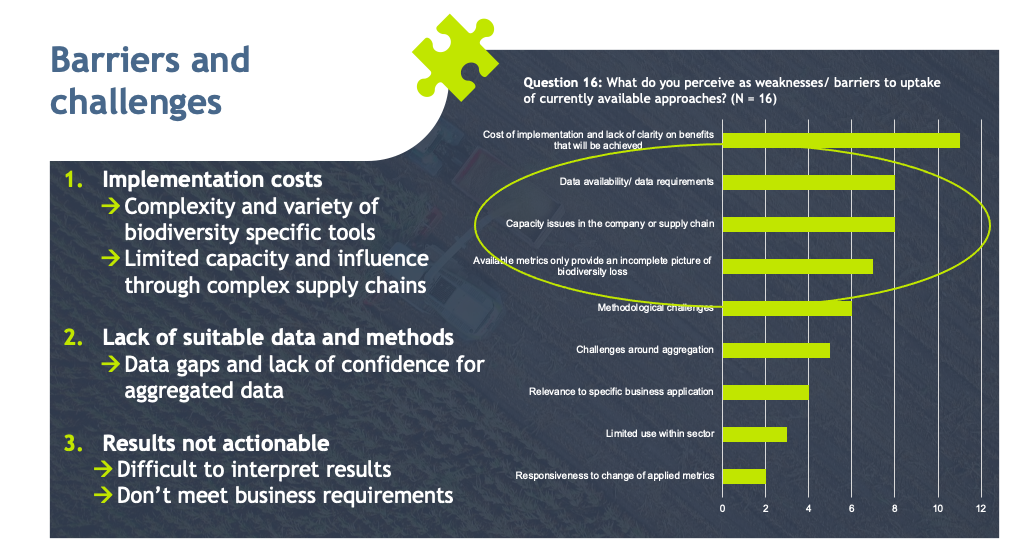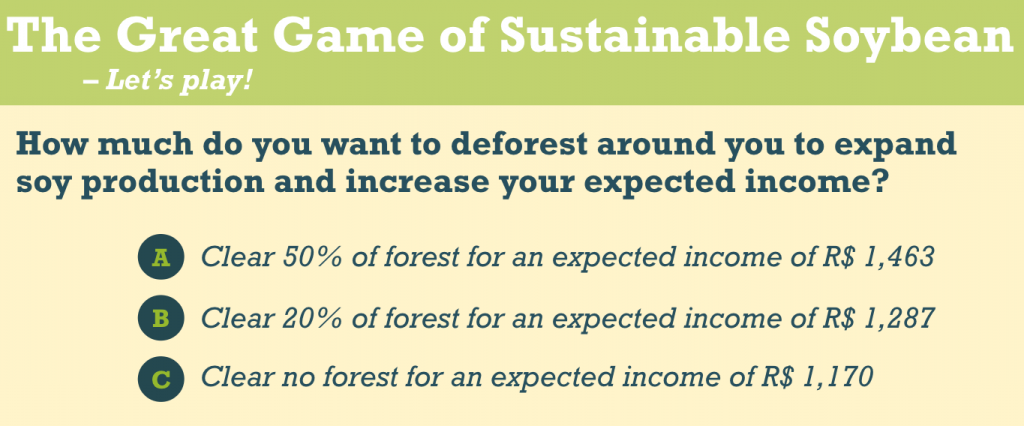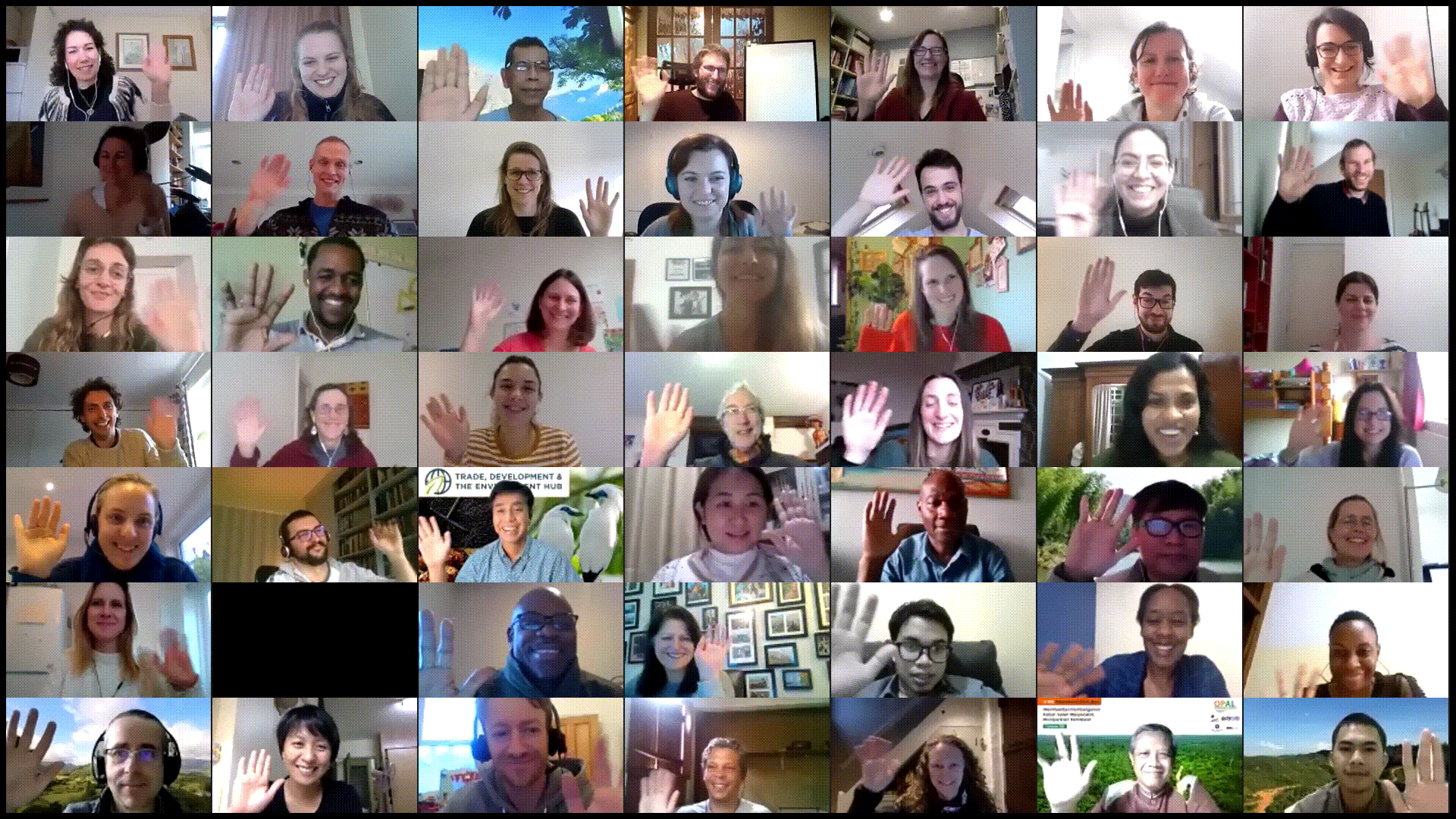By Camilla Blasi Foglietti and Cecilia Antonini
From the 25th to the 29th of January, the UKRI GCRF TRADE Hub held its annual get together virtually on Zoom
During these five days, we shared progress about the work that has been happening within the Hub, expanded opportunities for collaboration and impact, and provided further training to partners. Despite the challenging COVID-19 circumstances, 135 attendees joined us from nine countries across the globe – from California to China – and 7 different time zones.
TRADE Hub’s work spans across eight focal countries (Brazil, Indonesia, Democratic Republic of Congo, Gabon, Republic of Congo, Cameroon, Tanzania, and China), and analyses the trends and impact of nine agricultural commodities, as well as wild meat and wildlife trade, on biodiversity and society. Considering the scope of the project, the meeting was crucial for the sharing of knowledge amongst TRADE Hub researchers.
We benefited from a series of speed talks that highlighted the breadth of TRADE Hub primary research
Lude Kinzonzi and Divin Malekani from WCSCongo, and Krossy Mavakala from ERAIFT started off by exploring the impact of the Covid-19 pandemic on perceptions of wildmeat in the DRC, Congo, and Gabon. Their research found that members of the public in Central Africa do not recognise linkages between the consumption of wild meat and zoonotic disease risks. The next steps will be to analyse the same perceptions in China and compare results between different countries.

Another interesting talk was given by Yanxia Li from INBAR on the potential of bamboo to replace single use plastic. Products made from bamboo have a low carbon footprint across the life cycle, however at present their prices are higher than plastic alternatives. Work around this commodity thus focuses on the development of technologies to reduce the cost of production, as well as raising awareness amongst consumers and policy makers to influence regulations.
We also explored the relationship between international wildlife trade and socio-economic variables through a talk by Katia Sanchez-Ortiz and Calum Maney from UNEP-WCMC. For example, the ongoing research shows that the higher a country’s GDP the greater its annual imports of wildlife. Understanding these linkages can not only allow us to predict future impacts, but also provides the opportunity to proactively identify actions to mitigate these.
A series of impact speed talks focused our attention on how to apply research to influence the real world
Chris West from the Stockholm Environment Institute at the University of York, spoke about a new project that that aims to develop an indicator for overseas impacts of UK trade. The project is led by the UK governments Joint Nature Conservation Committee – TRADE Hub’s contribution aims to help understanding UK’s land use, deforestation and biodiversity impacts linked to trade.
Kim Dunn, UNEP-WCMC, gave an impact talk which updated the Hub on The Aligning Biodiversity Measures for Agricultural Supply Chains initiative. The project is exploring the challenges and barriers faced by agricultural businesses in tracking progress on biodiversity. One of the major challenges identified are the cost of implementation and complexity/ variety of biodiversity specific tools. Some related business needs identified include the development of specific guidance to existing approaches, as well as economic assessments and monitoring and evaluation. Look out for the report which will be available this month on the EU B@B website.

We also had the chance to learn more about how TRADE Hub’s research is exploring the positive and negative social impacts of trade and trade interventions
Using a role-playing game, organised by Ilda Dreoni (University of Southampton), Louise Nakagawa (CEBRAP) and Marcello De Maria (University of Reading), we simulated the opportunity costs of various land use decisions farmers have to make and some of the consequences that may come from farming soy.

The exercise highlighted how policies on sustainable soybean production should be addressing multiple dimensions and should be harmonised across institutions.
Zoe Matthews and Marije Schaafsma from the University of Southampton talked about how commodity production and trade can have multidimensional impacts on wellbeing. The researchers developed a conceptual framework that helps to understand what the social impacts (positive and negative) of trade and trade interventions in the supply chain might be. Through an exercise, we linked possible impacts from the production/ trade of a commodity to the Sustainable Development Goals (SGDs), giving us the chance to reflect on the possible global impact of interventions (e.g., certifications schemes).
Martin Mayr, the coordinator of 10envolvimento Agency and Technical of HORIZONT 3000, joined us to discuss how the expansion of soy production in the Cerrado, Brazil, has degrading implications on deforestation and indigenous communities. Martin especially highlights that the geraizeiros culture of co-living with nature is highly valuable for the future of mankind, but that this local knowledge is getting lost as people are expelled from the region by agricultural expansion and large agro–businesses.
By the end of the week, we were able to better appreciate the breadth and depth of the TRADE Hub project and the many opportunities for impact
The last day of the meeting was dedicated to better know each other and discuss possible future collaborations. For example, a group of partners proposed working together on comparative research focused on the living income of commodity farmers/ hunters, and how this influenced by trade factors.
By dedicating a space for the partners to communicate their current work and future plans, we hope that synergies can be achieved across different areas of the TRADE Hub, increasing the project’s impact on sustainable trade worldwide.
We look forward to the next annual meeting when we’ll hopefully be able to get together in person!
To stay updated and hear more about our work, subscribe to our newsletter.
